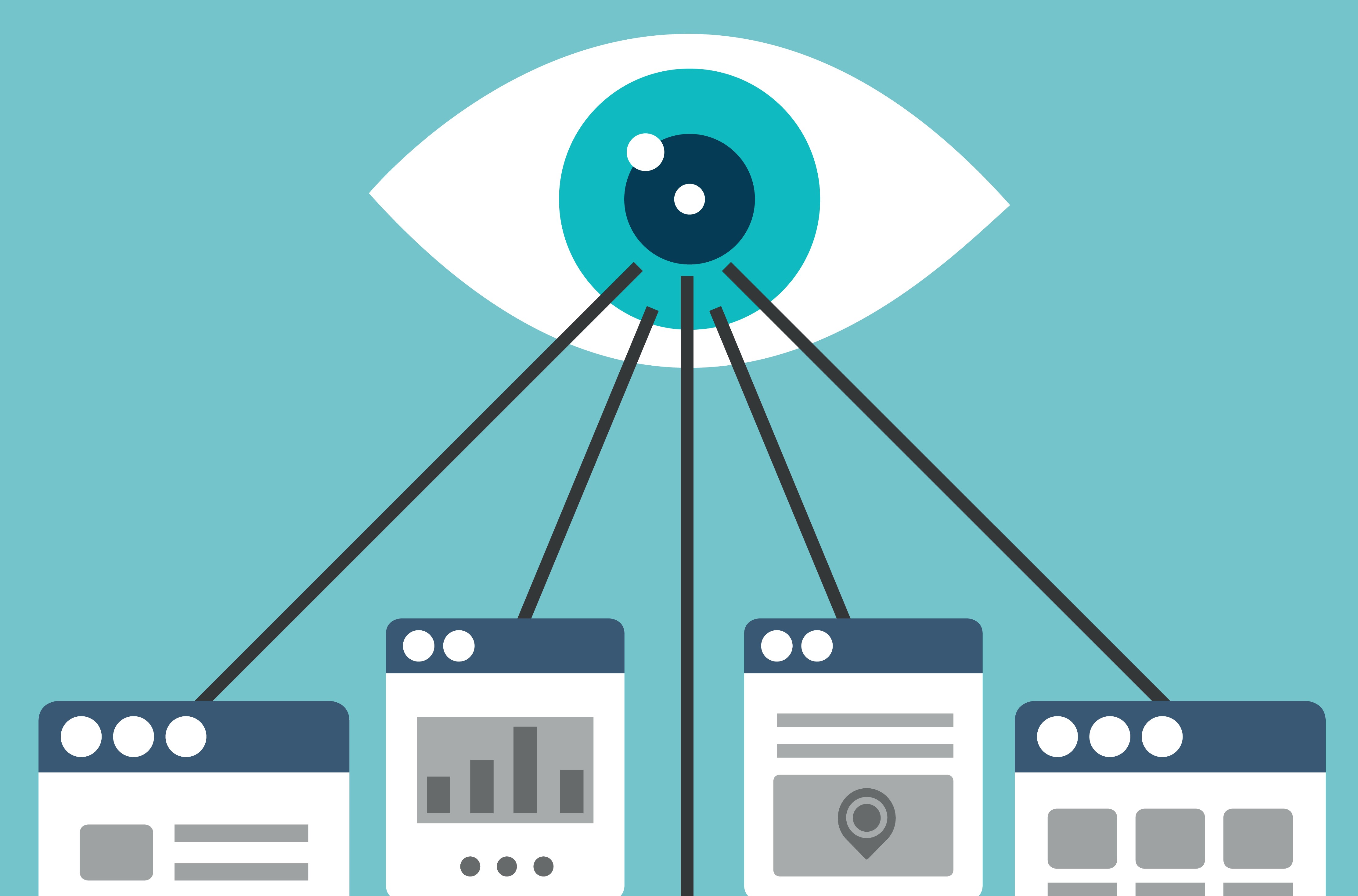Most humans are visual beings.
While text still dominates online information exchange, humans do not handle lots of text very well. Reading is time consuming and can easily be overwhelming. To counteract information overload, attractive visuals (photos, videos, infographics, etc.) that coincide with text are not just wants but must-haves.
With that said, it should be no surprise that content with visual imagery also gets more social shares. Studies found blog posts accompanied with images got 35% more shares than those without. And a whopping 94% more views than content without relevant images. Furthermore, when writing for digital assets, journals and trade publications, most sources won’t even accept content without visual elements.
For example, in order to even be considered in a top trade outlet for our manufacturing clients, submissions intended for online purpose must include at least three interactive elements, including hyperlinks, charts, tables, videos or other multimedia elements. And especially in an industry that is dominated by complicated machinery and products, visual content that shows a product and not just tell about it can go a long way.
If visual assets are neglected, marketing and PR professional risk creating content that gets ignored. So how should images be utilized for maximum exposure and distribution? Here are a few tips:
- Add an image to the beginning of every article (Bonus if pictures are included throughout the text)
- Use a variety of images
- Infographics
- Custom product images
- Stock images
- Videos
- Graphs, charts and/or screenshots
- Hire a professional photographer to capture products and high resolution images
- Optimize your graphics for SEO
- Don’t be boring! Respect client branding and tone, but keep it fresh and engaging. Personality can go a long way in the online world.
For most marketers, improving customer relationships, increasing sales and engagement and raising brand awareness are at the top of the year’s content marketing goals. And as content marketing continues to become more widespread in B2B marketing, the competition for audience attention is a greater challenge for everyone.
Visual content is the answer to setting yourself apart from the plethora of content being produced today. This doesn’t just apply to online content. All B2B tactics, including in-person events and presentations, will benefit from adding to your content’s value, increasing attractiveness to customers and prospects.



